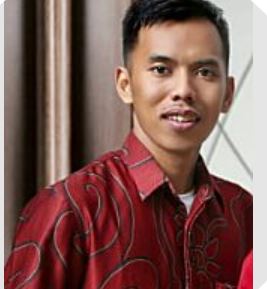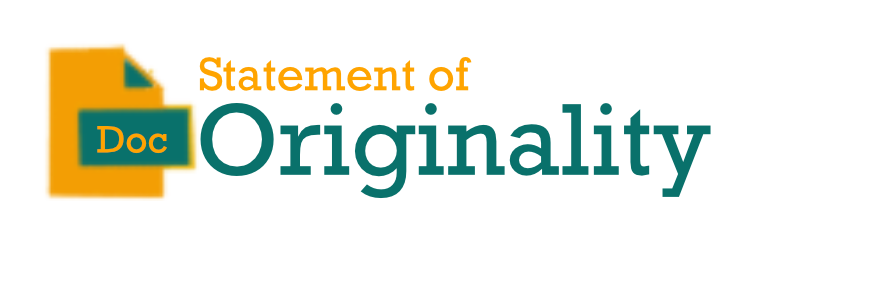Body Image And Nutrition Assessment As A Predictor Of Nutritional Status Among Adolescents In Public Senior High School 9 Pontianak City
Abstract
Youth is the beginning of the formation of a high quality of life in the future. For adolescents not to have a negative body image that impacts multiple nutritional statuses (less and more nutritional status), an information-based education is needed which they organize to support life as a beautiful person but a high level of health by maintaining nutritional status in the normal category and living a style. Healthy life so that the beauty they have is a quality beauty. This study aims to analyze the relationship between body image, nutritional knowledge, nutritional status in adolescents in Public senior high school 09 Pontianak City. The research method was an observational analytic study with a cross-sectional design, the study was conducted from July to August 2018. The population of this study was students of class X and XI of Public senior high school 09 Pontianak City. Based on the results of the sample calculation, 90 people were determined using a random sampling technique. The results showed that there was a significant relationship between body image, nutritional knowledge, and adolescent nutritional status with value (p = 0.03). Suggestions, it is necessary to warn of nutritional status periodically by the Saigon Public Health Center in collaboration with the School of Public senior high school 09 Pontianak City, so that the nutritional status of adolescents is well controlled.
Copyright (c) 2020 suaebah

This work is licensed under a Creative Commons Attribution 4.0 International License.










